All year the Cool Green Science team has been bringing you stories of nature’s quirky, unexpected, alright sometimes just downright weird side. We’re celebrating Earth Day with nine stories that prove science fact is sometimes stranger than science fiction.
-
Really Weird Anthropocene Animals
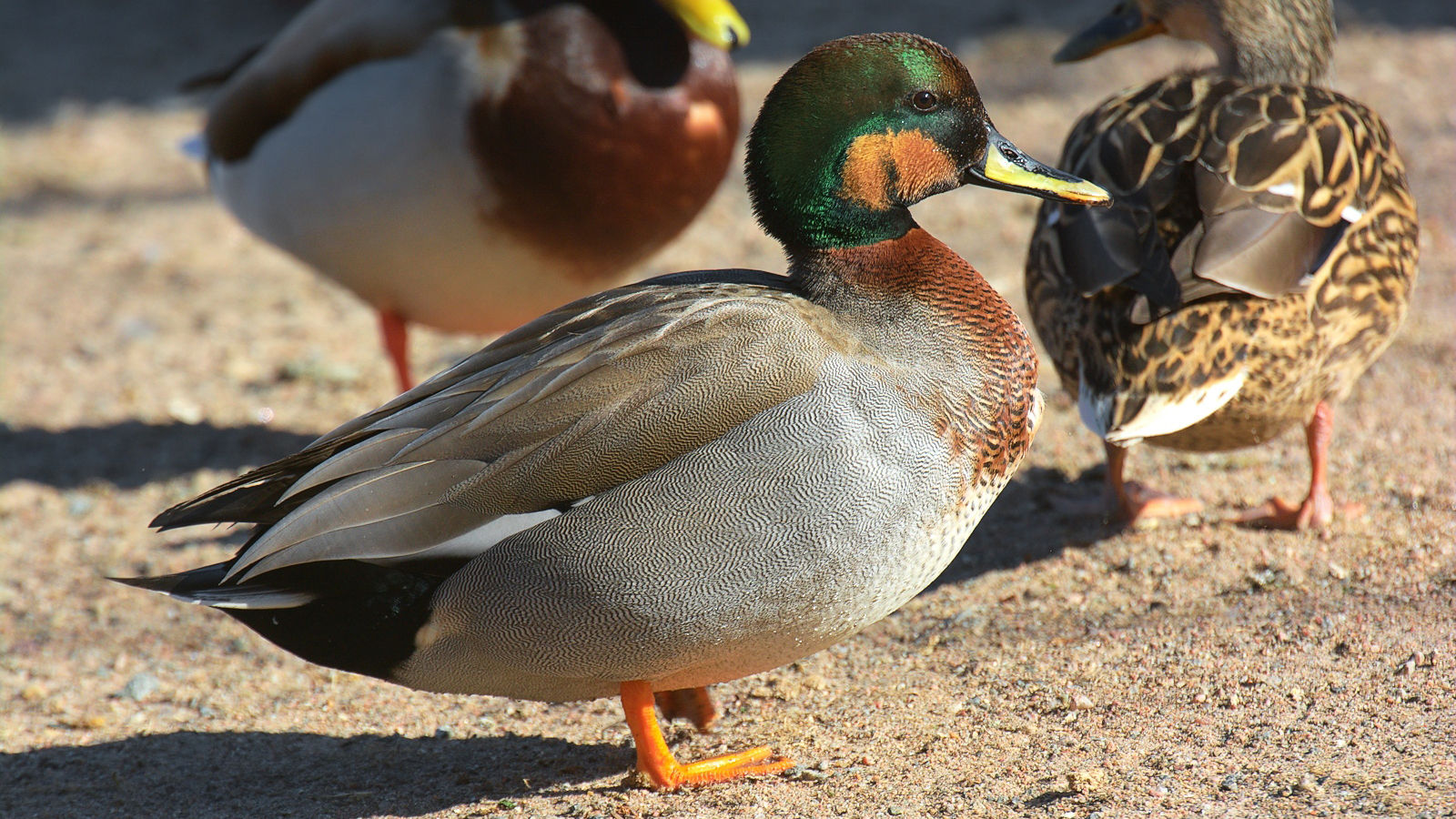
Mallard X Gadwall. Photo © Stefan Berndtsson / Flickr through a Creative Commons license. FACT: Male mallards are extremely aggressive during breeding season, to put it mildly. So aggressive that they’ll readily breed with other species, resulting in some really wild-looking hybrids.
From cloned wolves to high-cholesterol foxes to radioactive pigs, learn more about the weirdest creatures now roaming the age of humanity.
-
Owls in the Outhouse
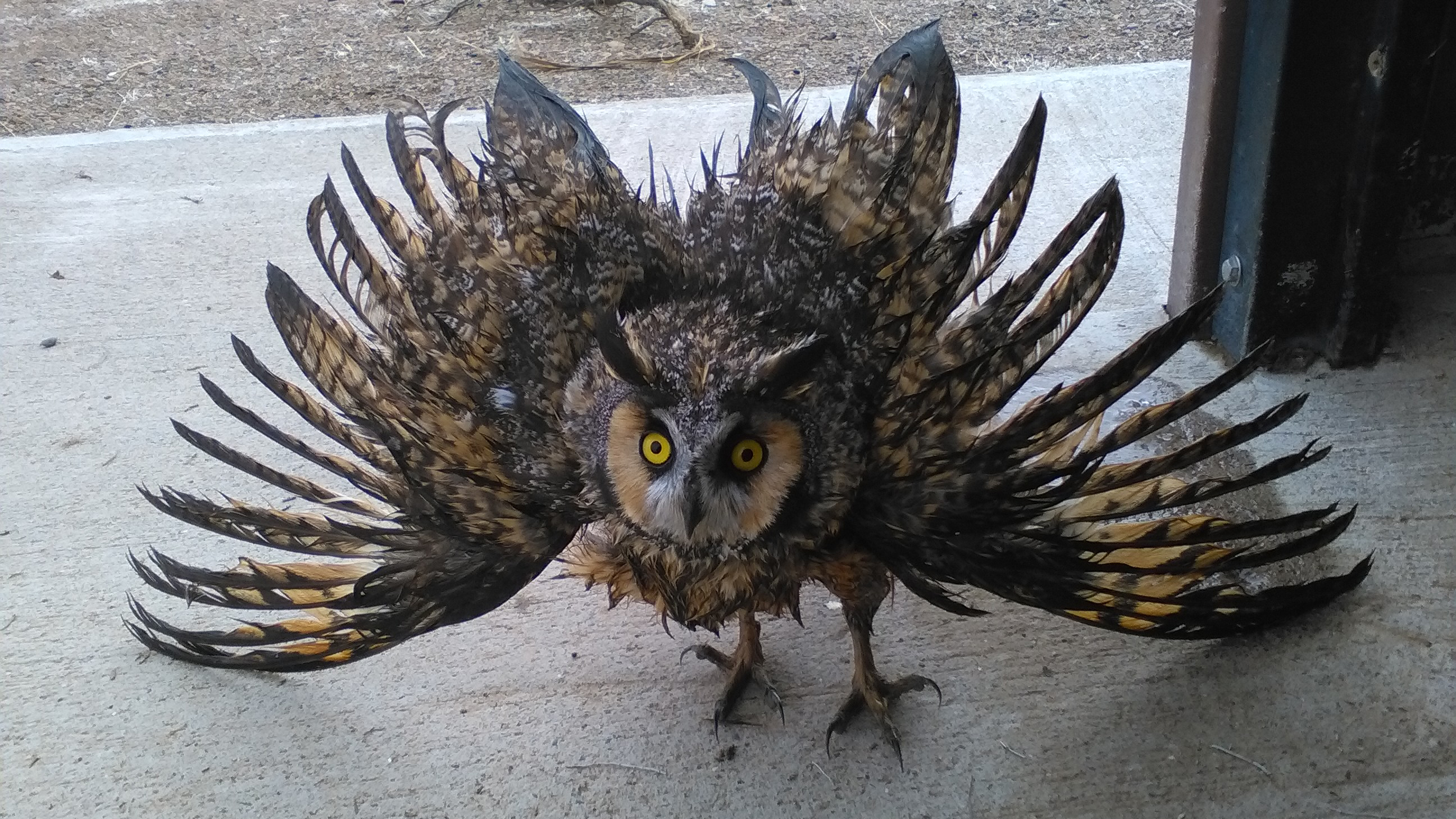
Long-eared Owl rescued from vault toilet. Photo courtesy Bureau of Land Management FACT: Owls and other cavity nesting birds are sometimes attracted to and fall down the vent pipe on public outhouses.
There’s an owl in the toilet – and that’s not a joke. Here’s why birds get into outhouses and what we can do about it.
-
Strange Shrew Facts
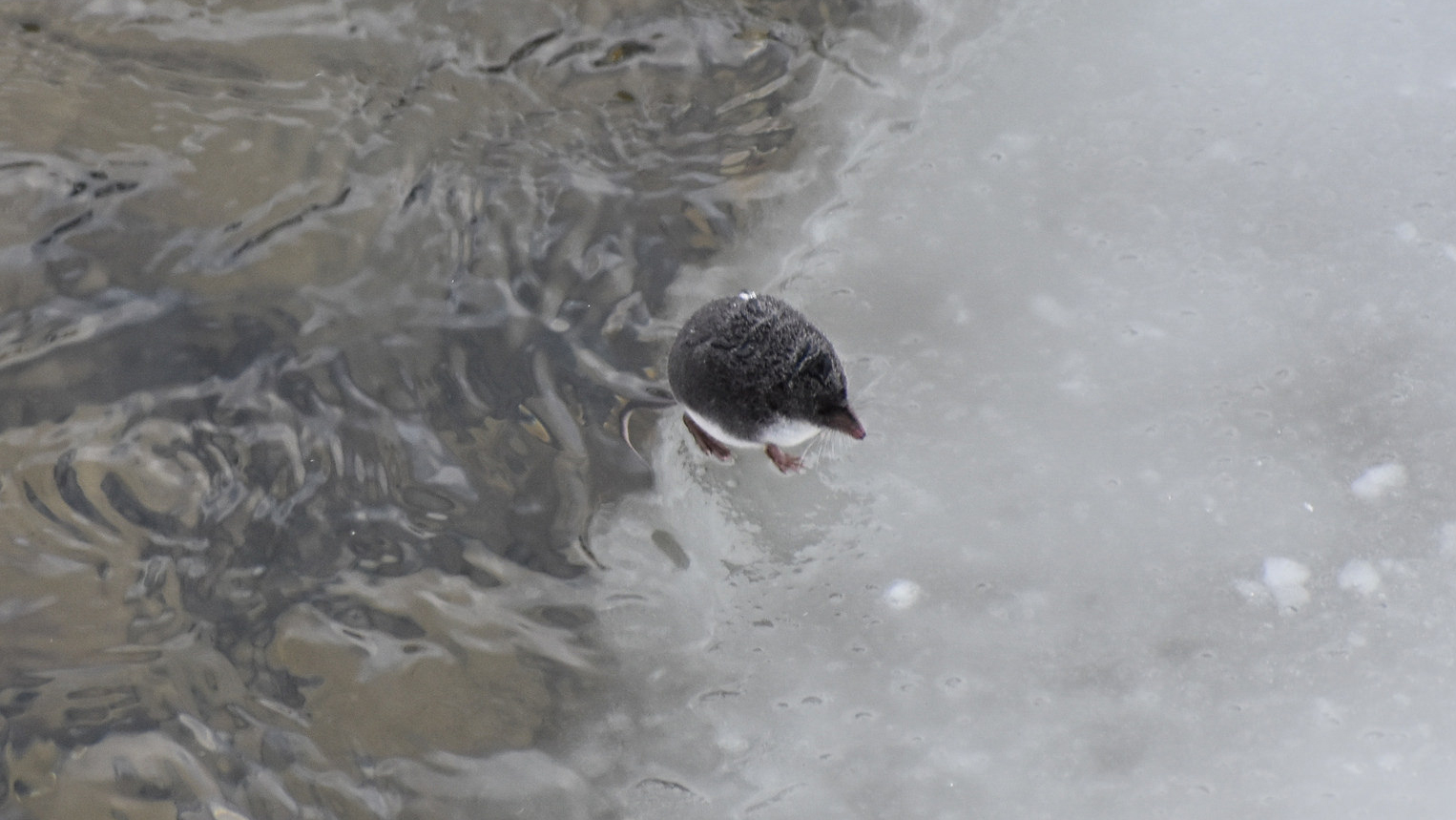
Water shrew on Pebble Creek. © NPS/April Henderson / Flickr FACT: Some shrews use echolocation: they emit sounds producing sonar that helps them navigate their world (much like bats).
They walk on water, they’re one of the few venomous mammals in the world, and they can win epic battles with snakes and scorpions. Learn more about one of the most ferocious and bizarre predators, and it’s probably roaming near you.
-
The Magnificently Weird Mola Mola
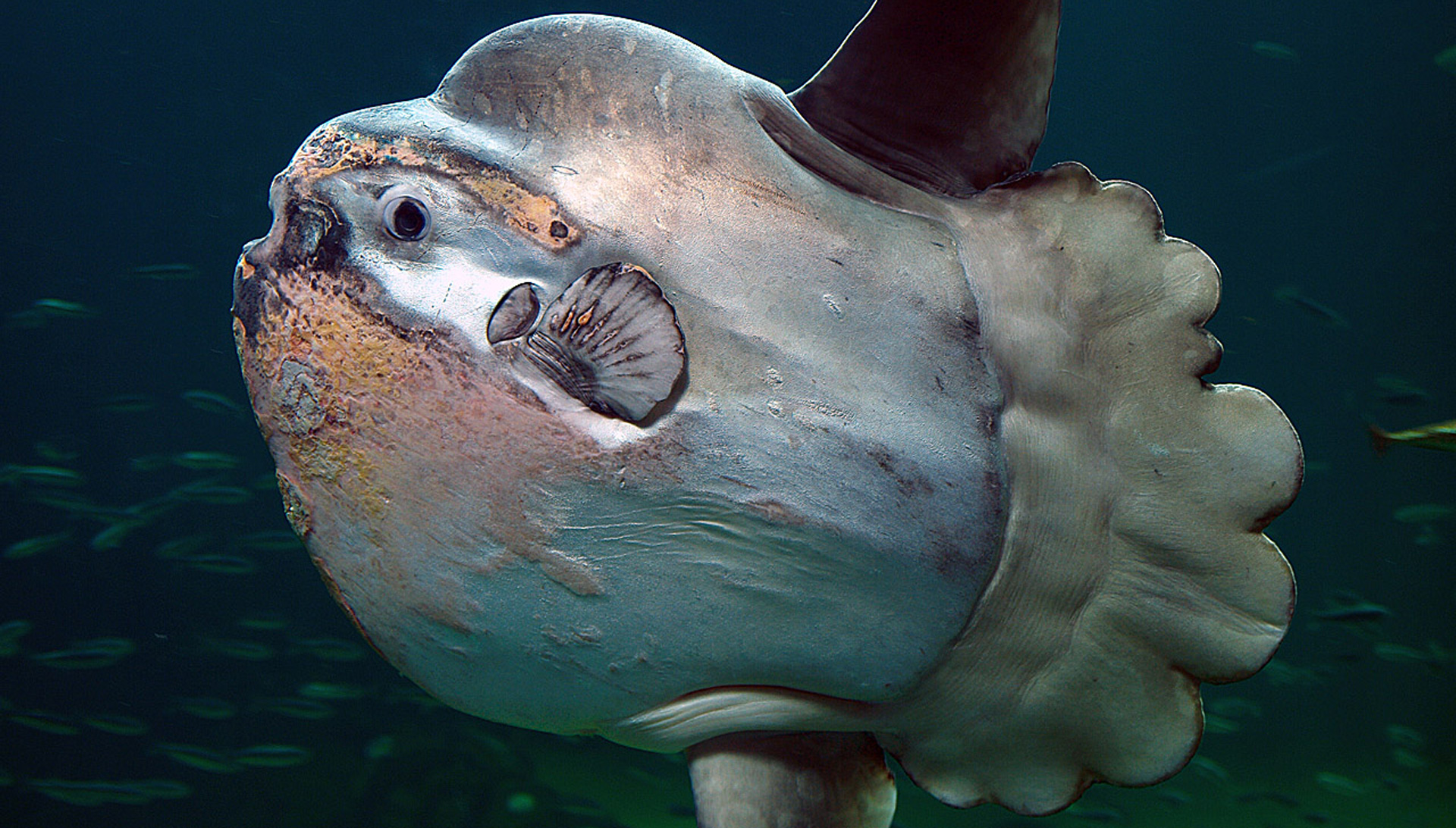
The Mola mola. Photo: Per-Ola Norman, released into public domain. FACT: The mola’s odd shape disguises its true claim to fame: it’s the heaviest bony fish in the world.
Slimy and brimming with parasites, they’re shapeshifters that out-gun every vertebrate fish in the ocean and even dupe unwitting scientists. Meet the Mola mola, quite possibly the weirdest fish in the sea.
-
Insanely Weird Plants
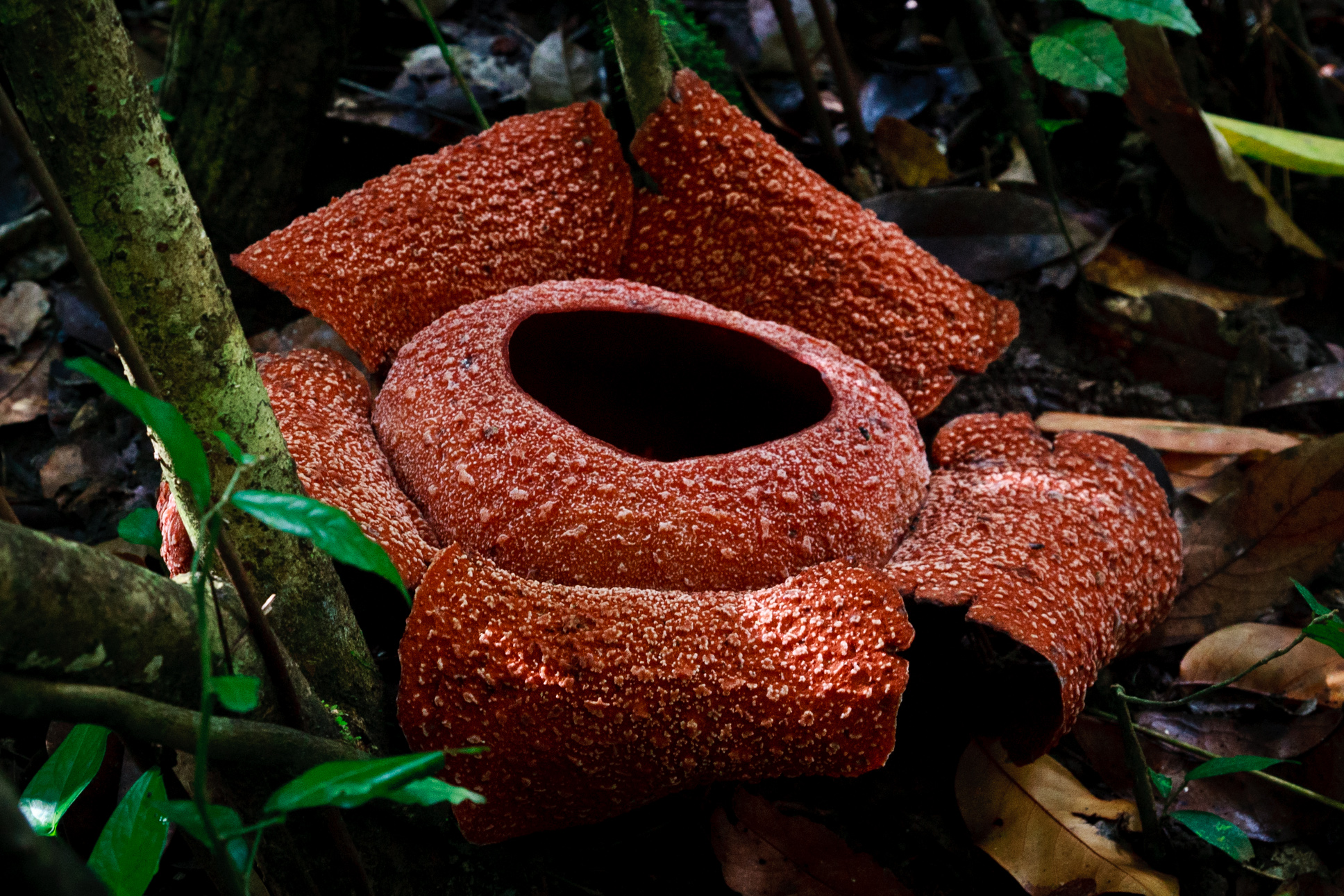
A flower. Sort of. Photo © Benny Weyara Diendasaputra / Wikimedia Commons FACT: Instead of capturing insects, like most pitcher plants, Nepenthes lowii evolved to capture the excrement of tree-dwelling mammals and birds, like the mountain treeshrew.
Meet the plant that eats shrew poo, the orchid that has sex with itself, and the embarrassingly phallic titan arum.
-
Cyanide Millipede

Yellow Spotted Millipede (or Cyanide Millipede). Photo © Phil Hagelberg / Flickr through a CC BY-SA 2.0 license FACT: If you were to pick up a yellow-spotted millipede, it would likely curl into a spiral and exude hydrogen cyanide on you, accompanied by the strong scent of toasted almonds.
Cyanide millipedes use chemical warfare to ward off predators. They also make critical nutrients available in forest ecosystems. Read more about these amazing, yet understudied, critters.
-
Fantastic Fecal Phenomena
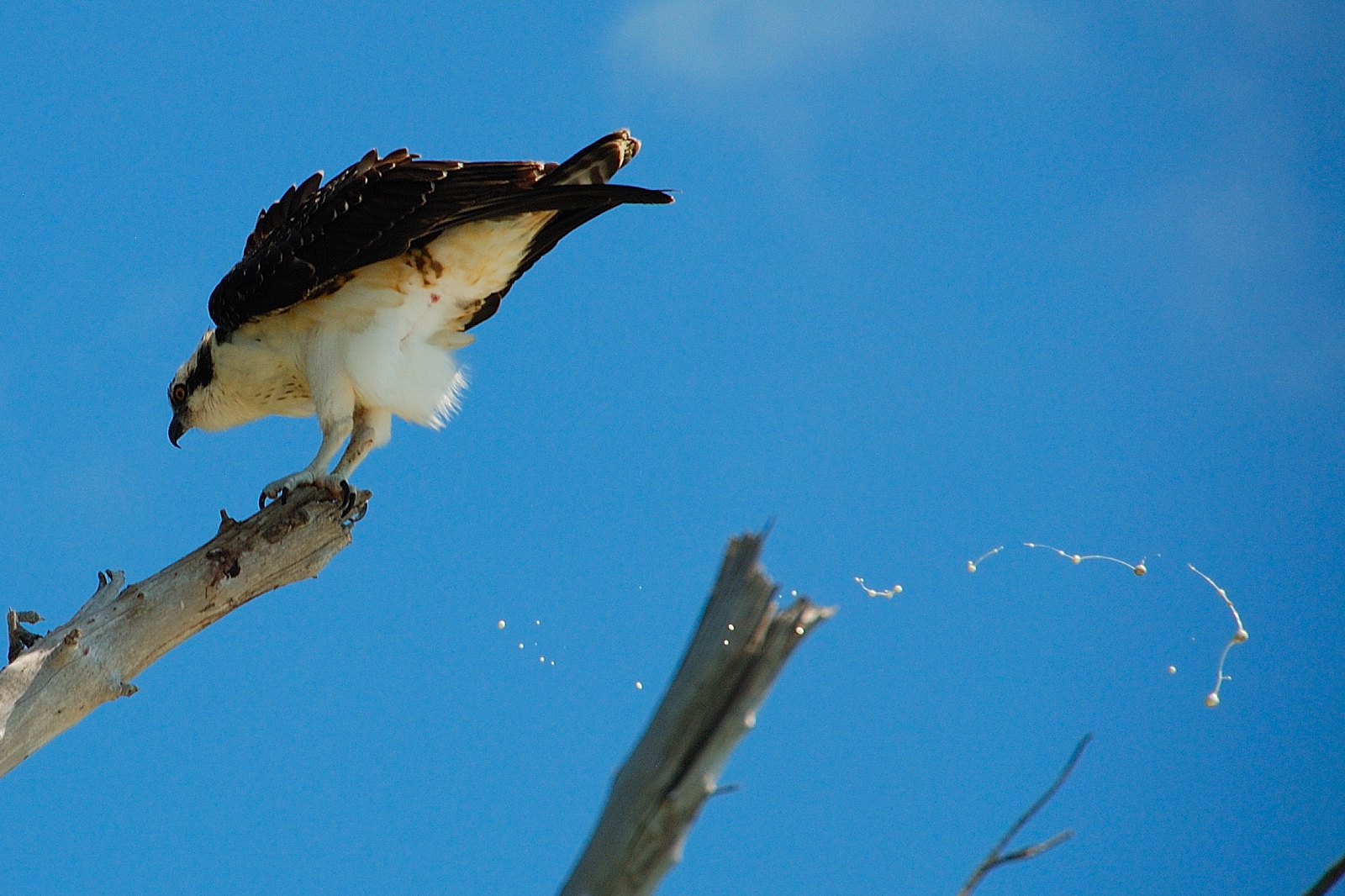
Photo © Don Johnson 395 / Flickr FACT: Each day a single wombat lovingly deposits between 80 and 100 cube-shaped pellets all around the edge of its territory.
Where there is life, there is also poop. And that’s where things get interesting. Read on for seven incredible tales of excrement from the natural world.
-
Cool Facts About Water Striders
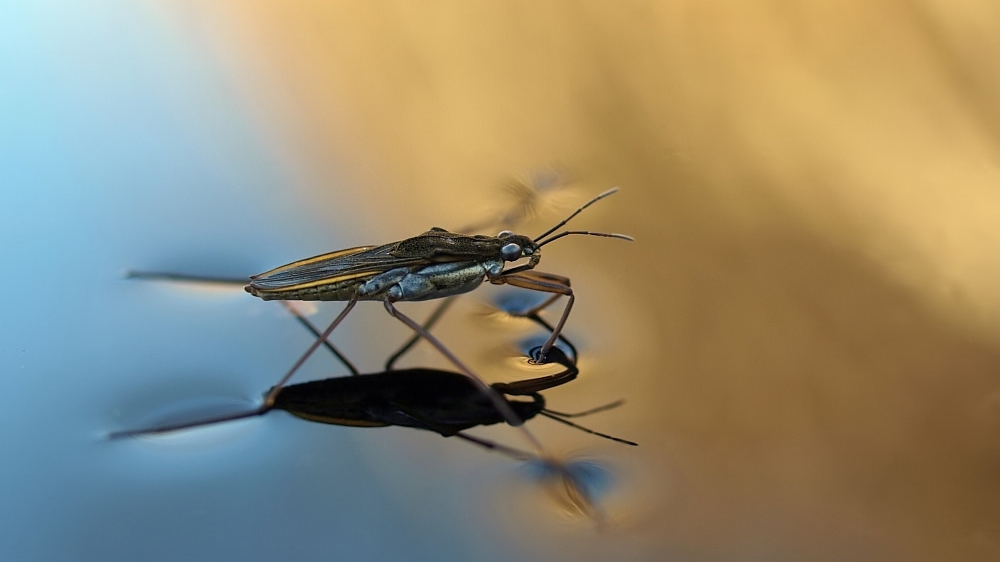
Water strider. Photo © orestART / Flickr through a Creative Commons license FACT: The water skipper’s legs are so buoyant they can support fifteen times the insect’s weight without sinking. Even in a rainstorm, or in waves, the strider stays afloat.
They walk on water, they devour mosquito larvae and they have one of the most disturbing mating rituals on earth. Take a close look at this common insect of Northern Hemisphere ponds, creeks and puddles.
-
Herbivorous Swamp Wallaby Caught Eating Carrion
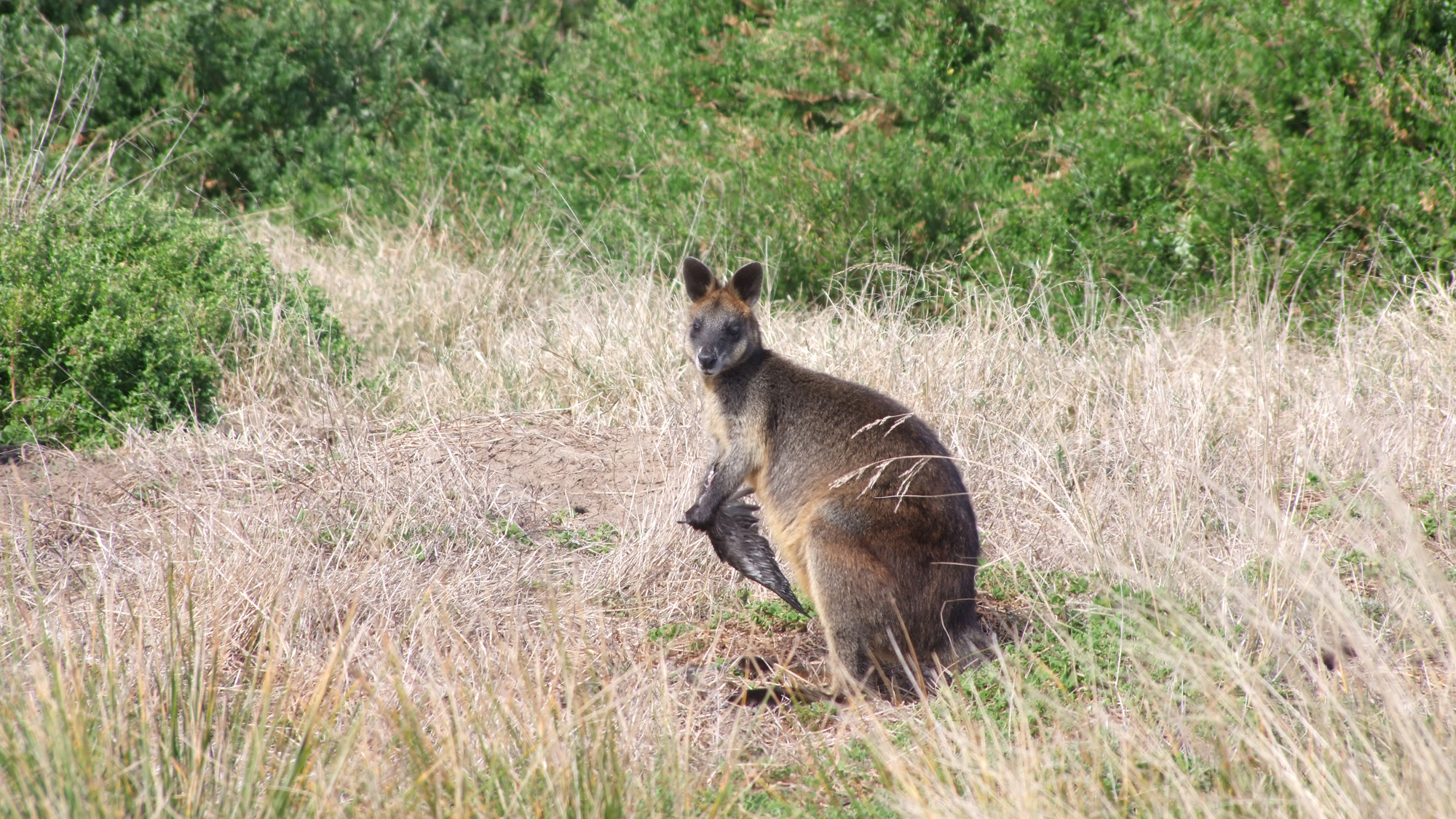
A swamp wallaby holding wing of short-tailed shearwater on Phillip Island, Victoria. Photo © James Fitzsimons FACT: Though rare, there are documented reports of other generalist macropods eating carrion: In 2013 a western grey kangaroo was filmed eating a dead seabird on the beach in Western Australia. Several tree kangaroo species are reported to eat birds and reptiles in captivity.
The first detailed recorded observation of a swamp wallaby eating carrion. Have you ever observed a macropod consuming carrion?
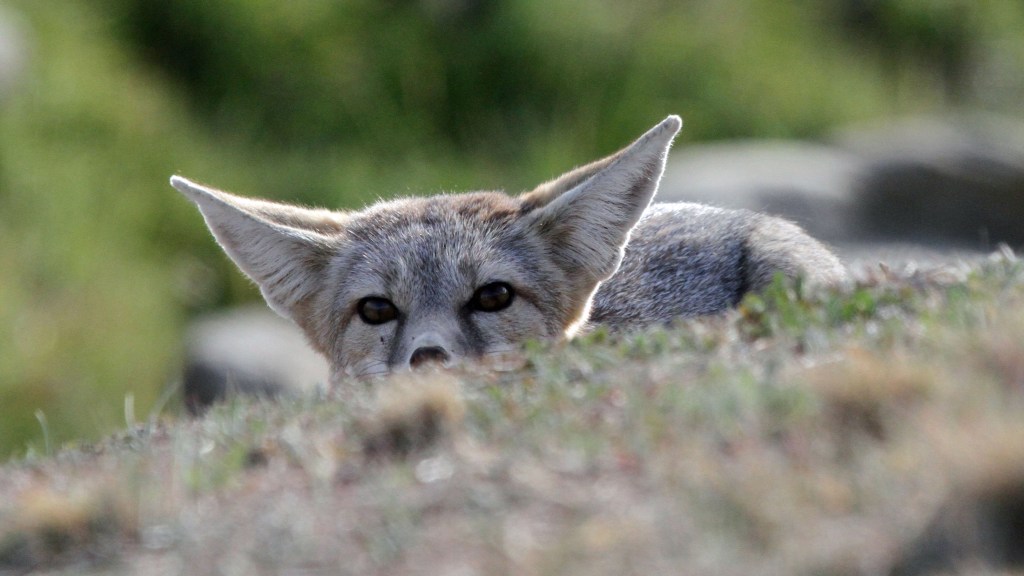



i love nature and wildlife and science just like you do i love what your reading about.